Professional industry ceramic supplier, silicon nitride, silicon carbide, aluminum nitride and any other kinds of ceramics.
PRODUCT PARAMETERS
Description
Overview of Low-temperature ceramic fiber gaskets.
Low-temperature ceramic fiber gaskets. is a lightweight, high-temperature insulation material composed primarily of alumina-silica. It is manufactured through a melting and spinning or blowing process, resulting in a flexible, wool-like textile. This material is engineered to provide exceptional thermal management, conserving energy and protecting equipment in extreme temperature environments across various industries.
Features of Low-temperature ceramic fiber gaskets.
-
Excellent Thermal Stability: Withstands continuous operating temperatures up to 1260°C (2300°F) and higher for certain grades, with minimal shrinkage.
-
Low Thermal Conductivity: Provides highly efficient insulation, reducing heat loss and improving energy efficiency.
-
Lightweight & Low Heat Storage: Offers low thermal mass, enabling rapid heat-up and cool-down cycles for improved process control and energy savings.
-
Thermal Shock Resistance: Highly resistant to damage from rapid temperature changes.
-
Excellent Flexibility & Resilience: Can be fabricated into blankets, boards, papers, and textiles to fit complex shapes and applications.
-
Good Chemical Stability: Resists attack from most corrosive agents, except strong alkalis and hydrofluoric acid.
Specification of Low-temperature ceramic fiber gaskets.
Low-temperature ceramic fiber gaskets handle heat well. They work reliably from very cold temperatures up to 1000°C. This wide range makes them useful in many places. These gaskets are made from special ceramic fibers. The fibers are spun together. This creates a strong, flexible mat. The mat is then cut into sheets or custom shapes. You get different thicknesses. Common choices are 1/16 inch, 1/8 inch, and 1/4 inch. Other sizes are possible too. Density matters. Standard options are around 8 or 10 pounds per cubic foot. Higher density means a tighter seal. It also means better resistance to squashing. These gaskets resist chemicals. They don’t break down from oils, solvents, or mild acids. Water won’t hurt them either. They don’t rot or grow mold. This is important for long life. The material stays flexible. It seals uneven surfaces effectively. This compensates for minor flaws in flanges. It keeps out leaks. Thermal shock is no problem. They heat up or cool down fast without cracking. This is vital for systems with changing temperatures. You find these gaskets in heaters, boilers, and ovens. They seal pipes carrying hot air or gases. They work well on exhaust systems. Furnace doors need them too. Power plants use them. They are common in refineries and chemical processing. The gaskets provide good insulation. They reduce heat loss. This saves energy. Handling them is easy. They are light and simple to cut. You can install them quickly. They compress under bolt load. This creates a tight seal. The gaskets last a long time. They don’t wear out fast. Replacement is infrequent. This saves money and downtime. They handle vibration. Machinery shaking won’t loosen the seal. Fire safety is another plus. The material won’t burn. It meets fire resistance standards. Noise reduction is a benefit. They help dampen sound in ducts and pipes. Low dust is important. High-quality versions shed very little fiber. This keeps equipment clean. It protects sensitive instruments nearby.
Applications of Low-temperature ceramic fiber gaskets.
Low-temperature ceramic fiber gaskets handle heat well under 1000°F. They are made from alumina-silica fibers. This makes them tough and flexible. They seal effectively in many places where heat is present but not extreme. People use them widely because they perform reliably.
These gaskets are common in residential and commercial heating. You find them sealing doors on boilers and furnaces. They work well around access panels and inspection ports. They ensure heat stays inside the equipment. This improves efficiency. It also keeps surfaces safer to touch.
Home appliances benefit too. Ovens, both household and industrial types, need good door seals. Ceramic fiber gaskets prevent heat loss here. They keep the cooking temperature stable. This saves energy. It protects the outer cabinet from getting too hot. Clothes dryers also use them around the drum opening. They contain heat and lint effectively.
The automotive world uses these gaskets. They seal exhaust system components. This includes parts near the engine where temperatures are lower. They help contain fumes. They reduce noise. They handle engine vibration well. This prevents leaks and rattles.
Industrial processes rely on them. They seal ovens used for drying or curing materials. They work in heat treatment equipment operating at lower ranges. They seal ducts carrying warm air or exhaust gases. Petrochemical plants use them on lower-temperature pipe flanges and valves. They resist many chemicals found there.
Installation is straightforward. The gaskets compress easily. They conform well to uneven surfaces. This creates a tight seal immediately. They don’t need special tools or sealants usually. Maintenance is minimal. They don’t harden or crack over time like some older gasket materials. Replacing them is simple when needed eventually.
These gaskets offer good insulation value. They reduce heat transfer through metal joints. This saves energy costs. It protects nearby components and wiring from excessive heat. Workers appreciate cooler surfaces near equipment. Fire safety is another plus. The ceramic material itself is non-combustible. It helps contain fire if one starts.
Chemical resistance is important. Low-temperature ceramic fiber handles many acids and alkalis. It resists oil and water. This makes it suitable for diverse industrial settings. It lasts a long time even in harsh environments. Its resilience provides consistent performance.
Company Profile
Tanki New Materials Co.Ltd. focus on the research and development, production and sales of ceramic products, serving the electronics, ceramics, chemical and other industries. Since its establishment in 2015, the company has been committed to providing customers with the best products and services, and has become a leader in the industry through continuous technological innovation and strict quality management.
Our products includes but not limited to Aerogel, Aluminum Nitride, Aluminum Oxide, Boron Carbide, Boron Nitride, Ceramic Crucible, Ceramic Fiber, Quartz Product, Refractory Material, Silicon Carbide, Silicon Nitride, ect. please feel free to contact us.

Payment Methods
T/T, Western Union, Paypal, Credit Card etc.
Shipment Methods
By air, by sea, by express, as customers request.
5 FAQs of Low-temperature ceramic fiber gaskets.
What are low-temperature ceramic fiber gaskets?
They are sealing materials made from special ceramic fibers. These fibers are woven or compressed together. They create a flexible, heat-resistant sheet. You use them to seal joints in equipment operating below 1000°F (538°C). They look like dense felt or compressed paper.
What temperatures can they handle?
These gaskets work best below 1000°F (538°C). They are designed specifically for moderate heat applications. Using them above this temperature risks damage. They lose strength and effectiveness. Stick to their rated temperature range.
Why choose them over other gasket materials?
They offer several key advantages. They resist heat very well within their range. They also handle thermal cycling effectively. This means they resist cracking when temperatures change fast. They are chemically resistant to many common industrial chemicals. They provide good insulation properties. They are also non-asbestos and safe to handle.
How do you install them properly?
Clean the flange surfaces thoroughly first. Make sure they are free of old gasket material and debris. Place the new gasket carefully between the flanges. Align it correctly. Tighten the bolts evenly in a criss-cross pattern. Follow the recommended torque specifications. Do not overtighten. This prevents crushing the gasket and ensures a good seal. Use proper gasket compression tools.
Are they safe to use?
Yes, these gaskets are generally safe for their intended use below 1000°F. They are manufactured from non-asbestos materials. They meet relevant safety standards. Always follow the manufacturer’s specific handling instructions. Wear appropriate personal protective equipment like gloves during installation. This minimizes contact with loose fibers. Ensure good ventilation where you cut or handle them.
REQUEST A QUOTE
RELATED PRODUCTS
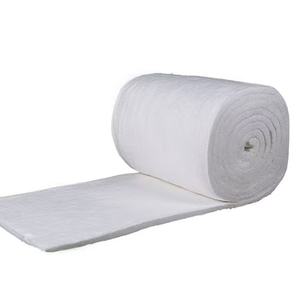
1050/1260/1350°C aluminum silicate fiber bulk, 10-50mm thick ceramic fiber board for thermal insulation
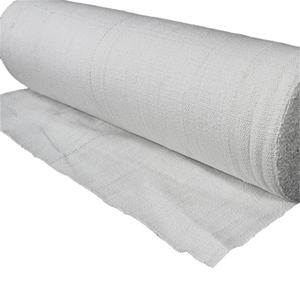
Polycrystalline Fiber Bulk. High-Temperature Ceramic Fiber Wool Bulk for Filling Wall Lining Gap.
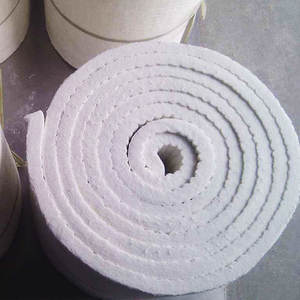
1260°C Free Sample of High-temperature Aluminosilicate Insulation Oven Refractory Ceramic Fiber Wool Blanket.
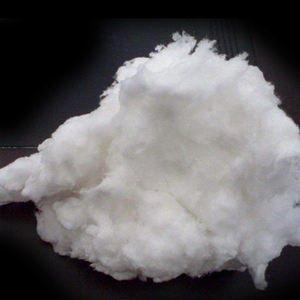
High-temperature thermal insulation ceramic Fiber Board/Marine Power Plant Ceramic Fiber for
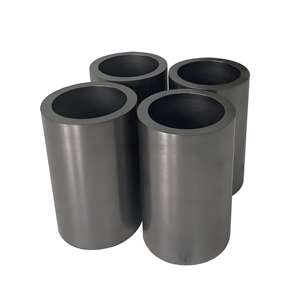
High-temperature 1260 fire-resistant fiber ceramic board.



